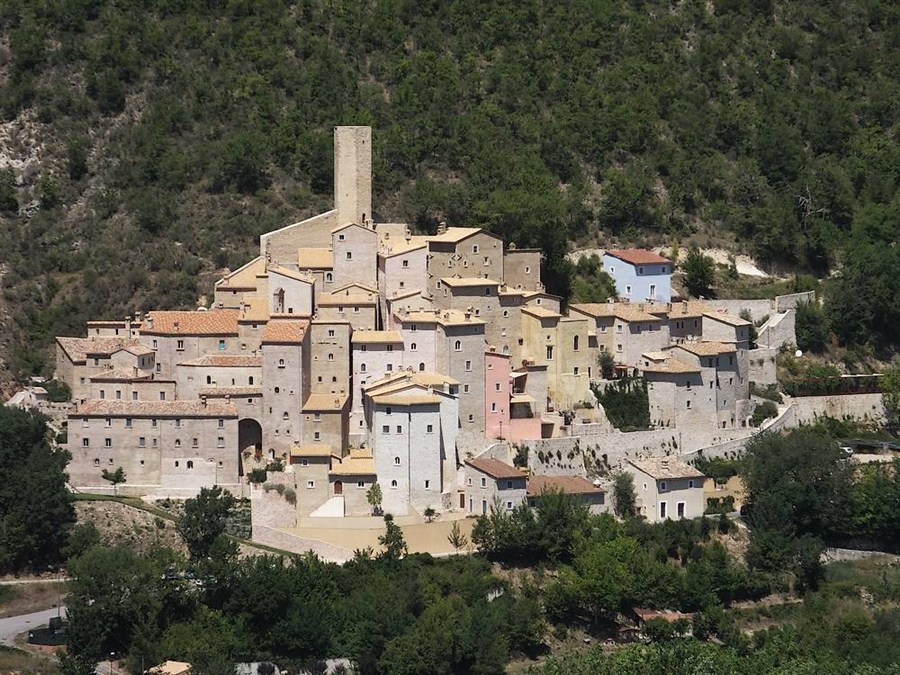


The origins of the village, a triangular-shaped sloping castle, date back to the 11th-13th century, when the function of the castrum was linked to the control of the Vigi Valley and the roads that lead from the Valnerina to Spoleto and Foligno.
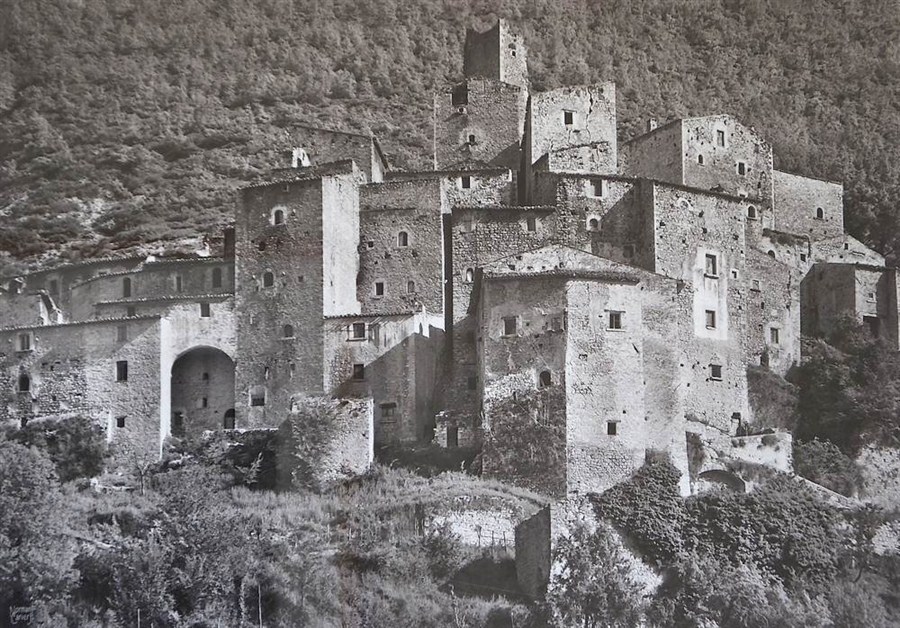
Due to this strategic position, it was long disputed between these two cities, but in the end it was given to the Spoleto people. Proof of this is the fact that in 1429 he provided them with men and means for the war against the Ghibellines.

Progressively depopulated in the 1950s and 1960s, like most of the hilly settlements in central Italy off the main roads, the Castle of Postignano was then declared of national interest and is today subject to landscape and architectural constraints respectively by the Umbria Region and by the Ministry of Cultural Heritage.
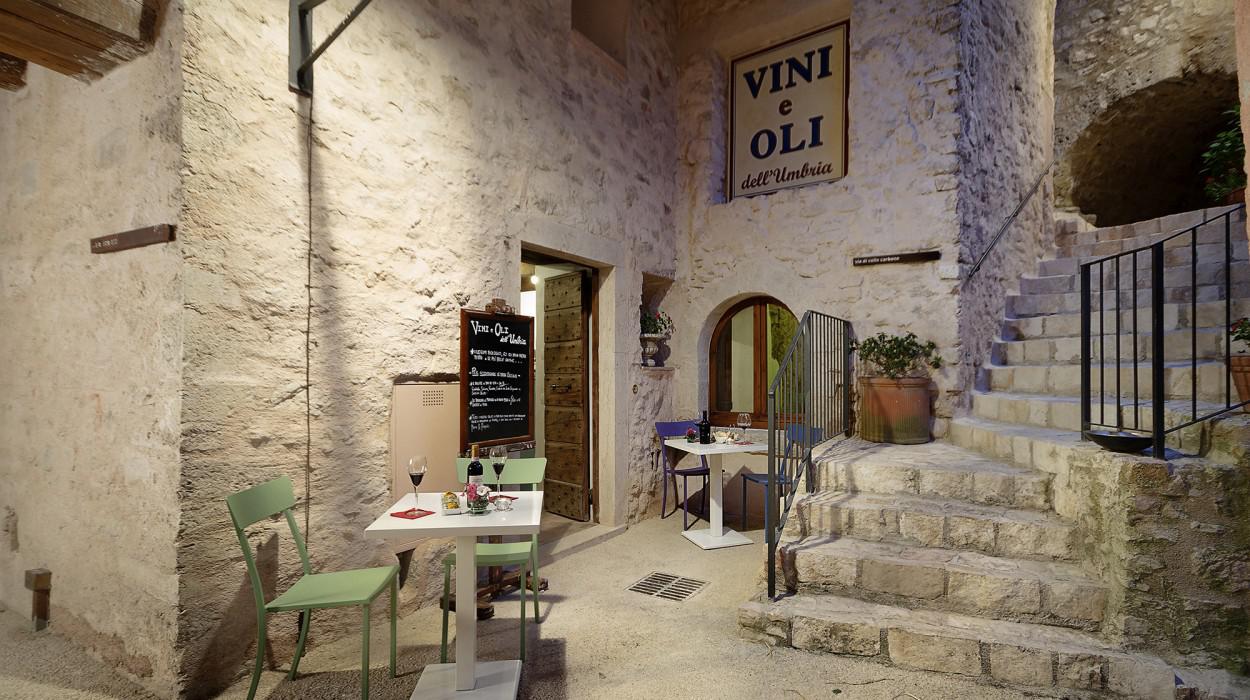
The American architect Norman Carver in the years between 1967 and 1975 called it "the archetype of Italian hill villages" in a book published in America in 1979 with the title "Italian Hilltowns", which has a photo of Postignano on the cover.

The village is now almost entirely restored on the basis of a project approved by the Superintendence of Cultural Heritage of Perugia and the Province, as regards compliance with the anti-seismic legislation.
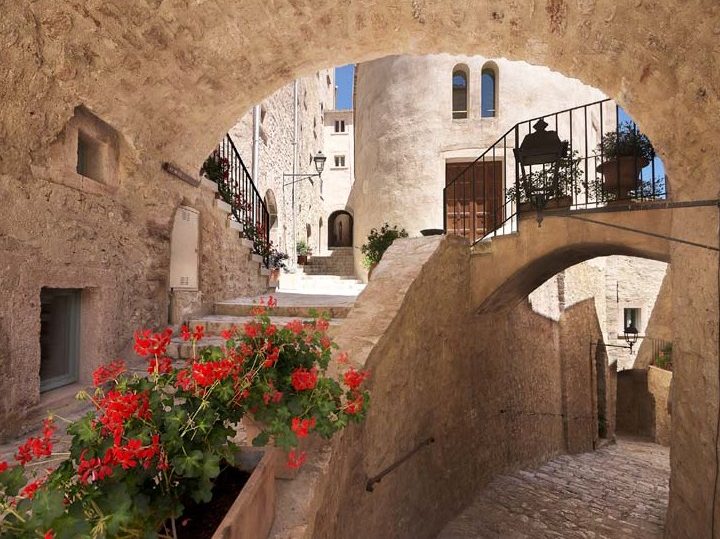
During the restoration, rooms of which memory had been lost were discovered and handcrafted tools, objects of domestic life, readings and sacred objects were found, sometimes found in walled niches.
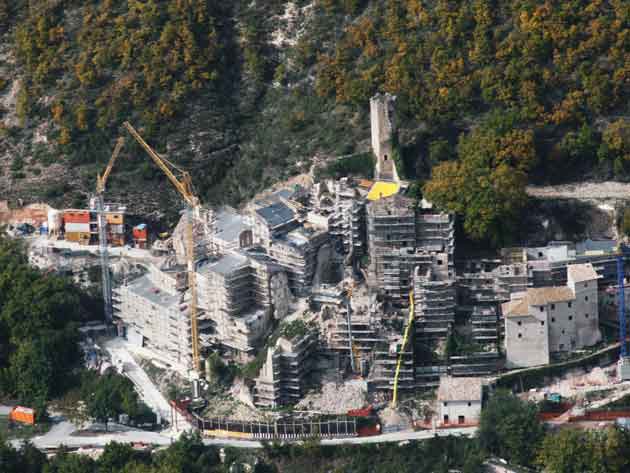
This documentation will be exhibited in the "Stanze della memoria", the small museum under construction in some former stables, to testify the history and life of the village.
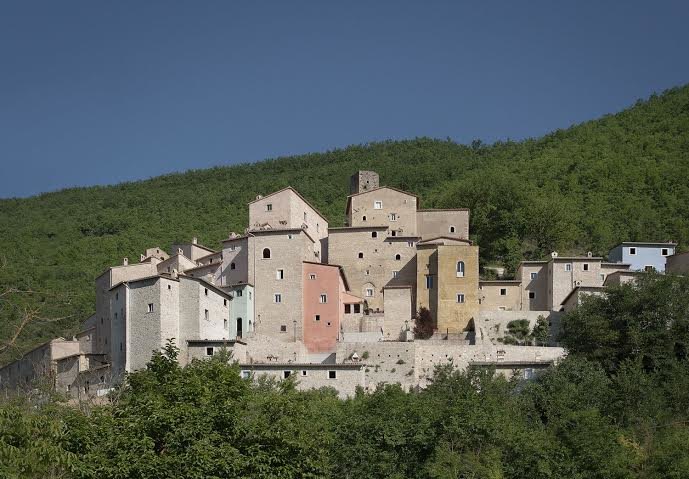
The entire Castle of Postignano, now wonderfully recovered, has been brought back to life by an extraordinary and meticulous restoration work, designed and supervised by two Italian architects, who since 2014 have brought the town's sixty houses and church to new life.
Postignano Castle
Address: Località Postignano, 06030
Phone: +390743788911
Site:
https://castellodipostignano.itLocation inserted by
CHO.earth